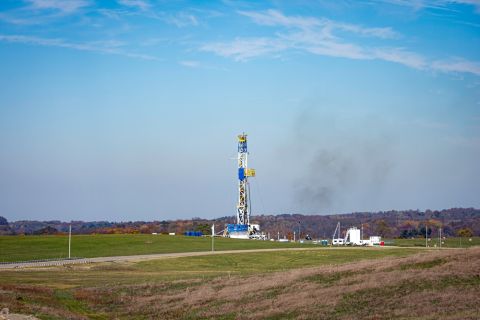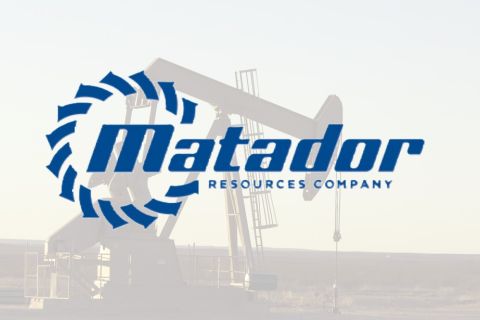Today's all-out energy-industry situation would not be surprising if the industry had been paying attention, says Matt Simmons, chief executive of Houston-based energy investment-banker Simmons & Co. International. "Spiking oil and gas prices, a languishing rig count, runaway energy demand, the proven reserves controversy and the aging workforce crisis...all of these have been offered up at some point as the 'big surprises' in our industry during the past year," Simmons told an audience at the Offshore Technology Conference in Houston recently. "It's amazing the difference one year can make." In the past year, the price of West Texas Intermediate crude oil went up 37.5%, natural gas at the Henry Hub rose 18.1% and the U.S. rig count went up 14.1%. But none of this was surprising to Simmons, who has explained for years that a supply/demand imbalance was under way. "In the end, the big surprise of 2005 is that none of these should've been surprises," Simmons said. "The only real surprise here is that oil demand is insatiable." Spare capacity has dwindled. "Spare capacity is the only insurance we have in the energy business. It's like maintaining insurance on your home. If demand ever surges-and we know that it can-then spare capacity is urgently needed because the drillbit can never move as fast as demand can surge. Spare capacity comes in many forms, but during the course of the last decade they have all disappeared." He added, "The pending storm we see coming in this industry did not have to happen, but we probably got what we deserved. Urgent action is needed, but I don't think it's too late to get going." On its road to recovery, the energy industry is going to face some tough questions: Is bad news worth hiding when it comes to reserves? Does "trust me" still work in this business? Does sound supply-chain management simply not work for energy? Simmons has long urged greater accuracy in energy supply data, which will be the key to anticipating peak production during the next decade. "Every significant oil producer in the world needs to start recording five years of historical performance by field and the number of wellbores. It should be the first thing reservoir analysts and banks ask for. There should also be additional reports that detail ultimate recovery and cumulative production for each." For more on this, see the June issue of Oil and Gas Investor. For a subscription, call 713-993-9325 Ext. 126. --Bertie Taylor
Recommended Reading
EQT Deal to ‘Vertically Integrate’ Equitrans Faces Steep Challenges
2024-03-11 - EQT Corp. plans to acquire Equitrans Midstream with $5.5 billion equity, but will assume debt of $7.6 billion or more in the process, while likely facing intense regulatory scrutiny.
Ohio Oil, Appalachia Gas Plays Ripe for Consolidation
2024-04-09 - With buyers “starved” for top-tier natural gas assets, Appalachia could become a dealmaking hotspot in the coming years. Operators, analysts and investors are also closely watching what comes out of the ground in the Ohio Utica oil fairway.
ONEOK CEO: ‘Huge Competitive Advantage’ to Upping Permian NGL Capacity
2024-03-27 - ONEOK is getting deeper into refined products and adding new crude pipelines through an $18.8 billion acquisition of Magellan Midstream. But the Tulsa company aims to capitalize on NGL output growth with expansion projects in the Permian and Rockies.
Chesapeake-Southwestern Deal Delayed Amid Feds Scrutiny of E&P M&A
2024-04-05 - The Federal Trade Commission asked Chesapeake and Southwestern for more information about their $7.4 billion merger — triggering an automatic 30-day waiting period as the agency intensifies scrutiny of E&P deals.
Matador Bolts On Additional Interest from Advance Energy Partners
2024-02-27 - Matador Resources carved out additional mineral and royalty interests on the acreage it acquired from Advance Energy Partners for $1.6 billion last year.





